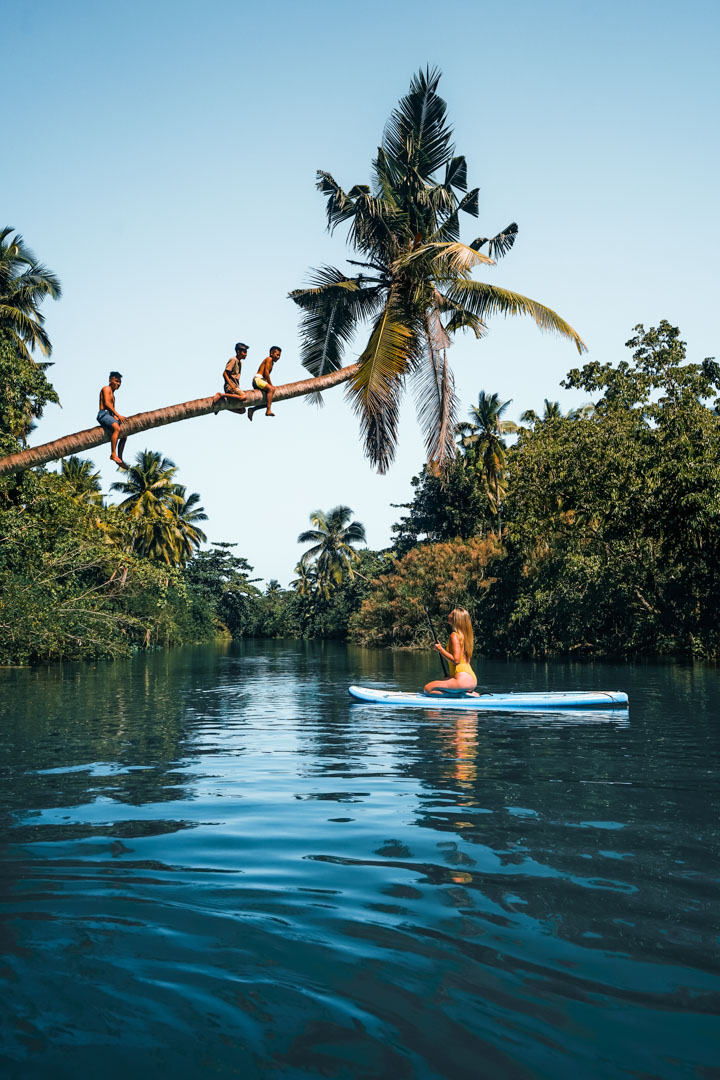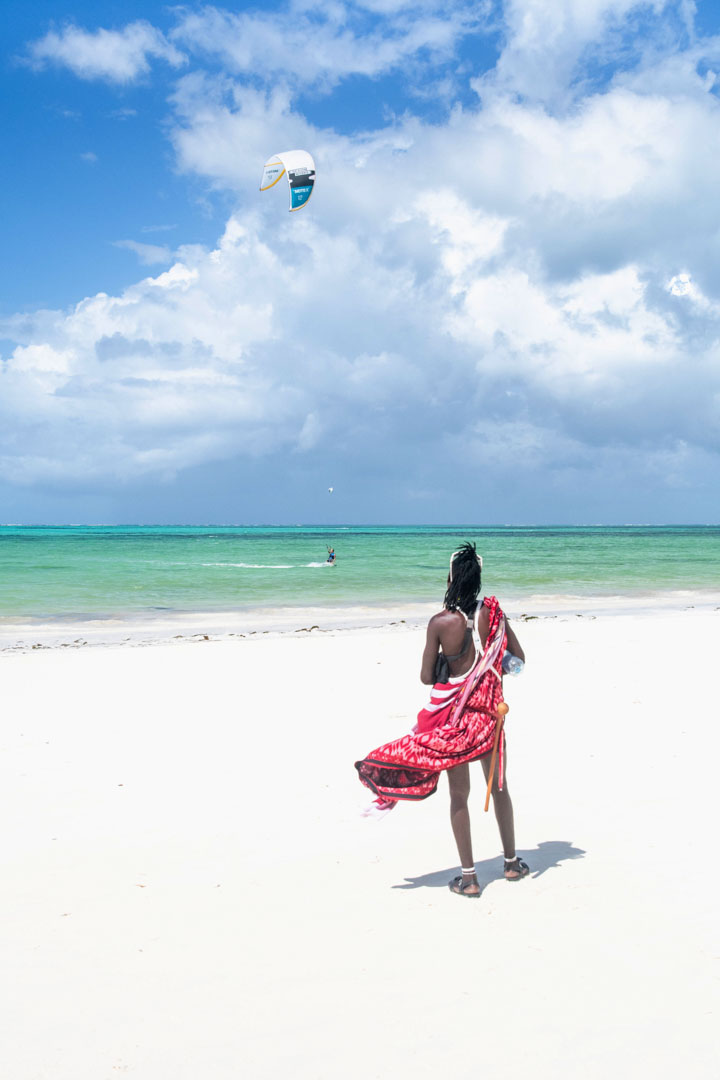On January 14, 2023, I had the great fortune of sitting high atop the roof of a swaying 65-foot Hatteras sportfisher as 70-foot waves erupted onto the Cortes Bank. Legendary photographer Rob Brown and I ogled as Garrett McNamara, Andrew Cotton, Justine Dupont, and the rest of a small team of lucky surfers slid down the faces and charged through the barrels of waves. Those waves were something out of Rick Griffin’s greatest psychedelic imaginings; the most buttery smooth, giant swells that Brown, McNamara or I had ever seen.
This would be my fourth trip to Cortes Bank. The first two came during research for my book Ghost Wave. On the third, I crewed during a solo summit that Greg Long undertook a year after he essentially drowned and was resuscitated out here during a giant swell. The waves weren’t huge during Long’s blissful, glassy return, but they were just achingly perfect. Today they were that perfect and five times as big.
Brown has filmed more surf missions to this bank than anyone—this would be his journey No. 14. He was pulled out of semi-retirement for this expedition by Billabong XXL guru and former Surfing magazine editor Bill Sharp, and asked to work as a photographer and co-navigator for HBO's Emmy Award Winning documentary, Hundred Foot Wave. In the past, when you needed a crack captain for a Cortes Bank mission, Brown was your go-to. Aboard his perfectly outfitted, go-fast power catamarans, he could get to the bank faster and safer than anyone. His lens has captured three world records out here. When Justine Dupont is towed into a flawless, titanic peak straight out of the movie Interstellar, we gasp. Maybe he just captured a fourth.
Brown and I agree that Cortes Bank is pure sensory overload. There is simply no place on the planet like this sunken Channel Island. It’s not just that it holds the biggest wave on the water. It’s the cerulean water, the west coast’s outermost kelp forest, the blinding white sand on the seafloor and the staggering array of wildlife: abalone, sea lions, bat rays, rockfish, sheepshead, garibaldi, sea bass, blue and yellowfin tuna, and on this day, 18-foot great white sharks - that just make this sea-scoured mesa of sandstone and basalt so utterly special. And sitting up there on that swaying roof got me to thinking: why isn’t this place better protected? Why isn’t it, in fact, a state marine reserve, a national (or global) marine monument, or a part of the Channel Islands National Park?
Don’t get me wrong, the California Department of Fish and Game does an admirable job attempting to police this seamount. But Cortes is 100 miles out, and by the reckoning of our captain and veteran fisherman Todd Mansur, it’s just not the easiest place to stop illegal activity. My Long Beach based buddy Brad Mongeau is a special sort of hellman diver who has spent better than 40 nights out here, alone aboard a home-built skiff. He’s seen plenty of questionable things. In one instance, he managed to summon the DFG to a dodgy fishing vessel. “They immediately send an interdiction vessel out 100 miles,” he said. “And they flat busted them. They had 21 tons of white seabass on the day before the season opener.”
Consider too, just for a moment, the natural and cultural history out here. As recently as 8000 years ago, the sea levels were far lower and Cortes Bank was a decent-sized Channel Island. At one point, over 10,000 years back, native Americans lived a mere 40 miles away on San Clemente Island. Cortes Bank and nearby Tanner Banks rose a few hundred feet above the ocean. Would humans have once walked and hunted along these shores, and perhaps sculled into a few inside waves? Of course! They were complete badasses.
The more recent human history out here is no less compelling. In 1846, the crew of the still afloat U.S.S. Constitution reported sailing past ship-sinking waves breaking above the bank. In 1853, a brave Navy Lieutenant named Archibald MacRae acted on the Constitution’s discovery of the reported collision of the clipper ship Bishop with the seamount in order to chart Cortes’ shallow Bishop Rock. The survey was incredibly dangerous, and at the time, although MacRae didn’t know it, he was suffering from cranial malaria. When his ship returned to port in San Francisco, the condition drove him mad and he blew his brains out.
During prohibition rum runners actually used the Bishop Rock’s shallows as a place to hide liquor, while fishermen began to seriously ply its waters. In 1957, treasure hunter Mel Fisher decided that his discovery of what he claimed to be a bronze relic from Bishop Rock meant that a Spanish galleon called Santa Rosa had long ago foundered there. A disastrous mission to find it nearly burned his dive boat to the waterline. But that pales in comparison to the epic fiasco of the Jalisco. In 1966, a team of cowboy entrepreneurs schemed to turn the Bank’s six-foot-deep Bishop Rock into the fishing and casino funded nation of Abalonia by scuttling the 300-foot-long concrete freighter Jalisco at its waterline and surrounding it with bargeloads of huge Mexican boulders. Their arrival atop Bishop Rock instead coincided with 60-foot waves that destroyed the ship and nearly killed everyone. Oh, and in 1985, the nuclear carrier U.S.S. Enterprise collided with Bishop Rock and nearly sank.
In 2001, California surfer Mike Parsons set a world record by towing into a 66-foot wave atop the Cortes Bank. The discovery left the surfing world stupefied. In 2008, in a brief calm window between two of the strongest North Pacific storms ever recorded, he slid down the face of a record 77-footer. In 2012, Santa Cruz’s Shawn Dollar paddled into a 66-foot world record wave out here. Dollar’s ride stands as one of the most impressive moments in all of surfing’s history.
A few years back, I worked with the Surfrider Foundation, WILDCOAST and the Marine Conservation Institute in an effort to give official recognition and protections to the Cortes Bank as well as several other western seamounts. Among those who assisted with the effort were National Geographic photographer emeritus Brian Skerry. He happily donated photos, including an iconic capture of a lazing Cortes sea lion. “It’s one of my favorite places on earth,” he told me. As a result of the effort, Dr. Sylvia Earle’s Mission Blue added Cortes and Tanner and a list of other western seamounts to their roster of “Hope Spots.” These are, by definition, places that Mission Blue deems critical to the ocean’s health because of their diverse sea life, unique ecosystems or significant cultural or economic value. Cortes checks all these boxes.
In the ensuing years, this effort has lost some of its focus. The military, it seems, has particular concerns that adding Cortes to a roster of marine protected areas would hinder its ability to conduct operations out here. But here’s the thing. One: this stuff can be sorted out, and Two: more than any spot I can think of, the Cortes Bank deserves to be recognized and protected by the California and United States governments. If we can create protected places like the Dry Tortugas National Park, the Papahānaumokuākea National Monument, the Channel Islands National Park and Florida’s John Pennekamp Coral Reef State Park, then we can also build the will to protect the Cortes Bank.
When HBO’s Hundred Foot Wave drops this spring, I think it’s fair to assume that the Cortes Bank will blow the minds of millions who never even knew it existed. I hope we can build the will to re-launch an effort to protect it. It’s an idea ten million years in the making. The time is now.
Chris Dixon is the author of Ghost Wave. The Discovery of Cortes Bank and the Biggest Wave on Earth.








